Anaerobic Composting (Is it Good or Bad for Your Garden?)
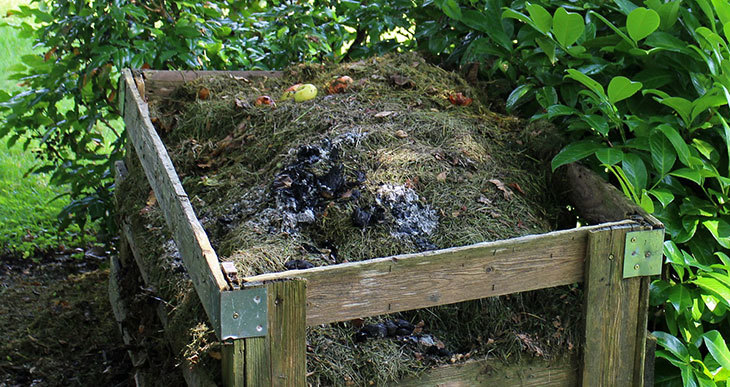
Composting can seem complicated, especially when you’re just getting started.
Understandably, as a result, we gardeners look for simple methods to make life easier. Anaerobic composting could be considered one of those methods since the gardener doesn’t need to do much work.
But what exactly is anaerobic compost, and is it a good idea?
In this article, I’ll discuss how anaerobic composting works, how to do it, and some of the advantages and disadvantages of this method.
Keep reading to find out more and which process is best for you.
What is anaerobic composting?
Anaerobic composting occurs when biodegradable material is starved of oxygen. With this process, microorganisms break down organic matter, such as food scraps, in an airtight container, over a relatively long time.
Your organic waste is going to decompose no matter what, but it can happen in two different ways:
- Aerobically (with oxygen) or
- Anaerobically (without oxygen).
Anaerobic composting does not require your compost to be mixed up like aerobic composting does, as mixing it will increase the amount of oxygen present.
An example of anaerobic composting is “trench composting,” where organic waste is buried underground, or “bag composting,” when compost ingredients are placed in a closed garbage bag. Other systems are known as “compost digesters” and are designed to decay small amounts of biodegradable material.
With these methods, you just let everything sit and wait for things to rot!
So from this point of view, anaerobic systems represent an easy “hands-off” way of producing compost for your garden.
However, there are a few “caveats” with anaerobic compost. First, the end product isn’t exactly the same as traditionally produced aerobic compost!
Understanding the anaerobic process will help you get the best out of this type of composting if you decide to use it.
How Anaerobic Composting Works
By placing organic matter in an environment without oxygen, composting microbes known as “anaerobes” take over the process of decomposition. The action is slower than aerobic methods and typically needs additional aerobic treatment before the compost is stabilized and ready for use on plants.
Anaerobic organisms work best when there’s a complete absence of oxygen. In other words, they tend to like very wet conditions. Anaerobic composting functions better when the materials are soaked (compared to aerobic techniques, which are more efficient at 50% moisture content).
For this reason, most home composting systems work better using wet, nitrogen-rich ingredients, such as fresh grass cuttings or kitchen scraps.
Some good examples include compost digesters using fruit and vegetable scraps or sealed bags of damp grass clippings. These materials have higher water content. They push out the air as they break down, producing a more anaerobic environment.
Chopping up the ingredients also accelerates the digestion of materials. (In some large-scale systems, this has been shown to increase efficiency by up to 20%).
Anaerobic activity generates less heat than air-loving aerobic microbes. Consequently, some pathogens and weed seeds may not be destroyed by anaerobic methods.
Nevertheless, heat and warmer conditions encourage faster decomposition rates in anaerobic composters. This is why many home compost methods try to keep the contents warm to increase efficiency. For example, black-colored digesters or garbage bags absorb solar heat, and burying underground provides better heat insulation.
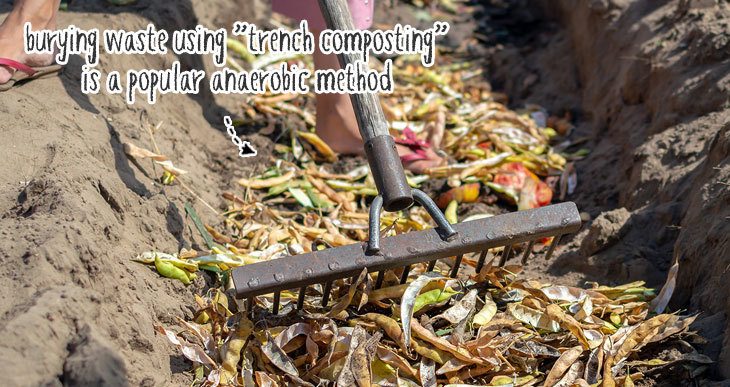
An advantage of anaerobic composting is that it can be achieved with relatively small quantities of organic waste. (Whereas aerobic methods tend to work better with more bulk).
The by-products of anaerobes are different from aerobic organisms. They produce a lot more methane gas. (This is useful on an industrial scale for making biogas fuel, but at a home composting level, this means you will produce more harmful greenhouse gases).
Also, anaerobic activity produces worthless ammonia-derived acids and hydrogen sulfide, which are the reason for the very unpleasant odors you get when composting this way.
The time required to get useable compost is longer with anaerobic composting. Even after the material has been left to decompose, it’s advisable to spread out anaerobic compost and rake it into the soil surface before use. This helps stabilize and innoculate the compost before using it on plants (thanks to the access to air and beneficial soil microbes).
Finally, anaerobic processes produce fewer nutrients than aerobic decomposition, leaving you with compost with a lower nutritional value.
If you want to get technical, here is a more detailed description of anaerobic decomposition…
Four different steps take place in the process of anaerobic composting, though they happen somewhat simultaneously.
The 4 steps to anaerobic composting are:
- Hydrolysis. This occurs when bacteria transform organic materials into liquified monomers and polymers.
- Acidogenesis. Sugars and amino acids are converted to ammonia, volatile fatty acids, and alcohol.
- Acetogenesis. The substances are then converted into hydrogen, carbon dioxide, and acetic acid.
- Methanogenesis. The methanogenic bacteria convert hydrogen and acetic acid into methane gas and carbon dioxide. Typically, the mixture will also contain hydrogen sulfide, a chemical that smells like rotten eggs. The mix also contains nitrogen, oxygen, and hydrogen.
What Happens When Compost Becomes Anaerobic?
When your compost becomes anaerobic, it will begin to smell. It will also slow down the decomposition process significantly. Unfortunately, this type of composting also produces more methane, a potent greenhouse gas.
An anaerobic environment has a few drawbacks. The most inconvenient is probably the horrible smell produced by anaerobically rotting waste.
It’s also not the most efficient method to use, especially if you want to compost quickly.
These are perhaps the primary reasons why most experienced gardeners recommend sticking with aerobic methods.
But before you dismiss anaerobic composting altogether, let’s compare the two approaches to see what actual benefits you can get from an anaerobic setup:
Anaerobic Composting Pros and cons
Anaerobic composting is a relatively passive, hands-off approach. This is one of the most significant advantages of this method. It is also an excellent way to deal with smaller amounts of compostable waste, offering a valuable contribution to waste management.
Anaerobic and aerobic composting each has its benefits. However, deciding what is best for you will depend on a few factors.
Check out these pros and cons of anaerobic composting:
Anaerobic Composting Advantages
- It doesn’t need to be turned every other day as aerobic composting does, saving your back.
- It reduces solid waste disposal and diverts waste from landfills.
- It recovers value from waste.
- It doesn’t need much space/can be done underground.
- It reduces pollution from waste and fossil fuels.
- It won’t attract as many pests because the mixture is enclosed.
Disadvantages of Anaerobic Composting
- Suppose not enough time has gone by allowing the fermenting mixture to break down. In that case, the compost could contain pathogens that might harm your plants and the environment.
- The process smells terrible.
- This method is slower than aerobic composting.
- Insects can be an issue.
- It’s harder on the climate than aerobic composting because methane is a significant by-product.
- The end product is less nutrient-rich and may need extra aerobic processing.
Despite some disadvantages, the end product from anaerobic composting produces a valuable soil amendment. And it’s easy to do if you set things up correctly.
Anaerobic Composting Examples
The following examples of anaerobic methods might be worth investigating:
- Trench composting
- Buried trash can composting
- Garbage bag composting
- Compost digesters
- Anaerobic Bokashi composting
Anaerobic composting is putrefaction or fermentation. It happens all the time in nature at the bottom of marshes, bogs, and other areas deprived of oxygen but rich in organic matter. It’s a slow, gradual process.
So if you have time to wait for the results, there are several ways you can take advantage of this way of creating compost.
When to use anaerobic composting?
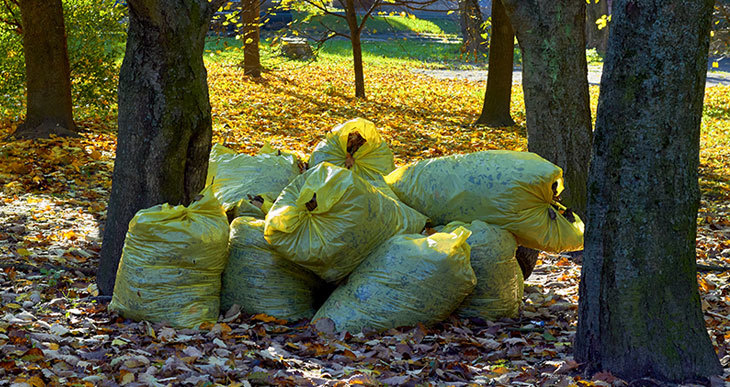
There are circumstances where anaerobic methods are advantageous. For example, large amounts of organic yard waste won’t all fit into a regular compost bin.
This can happen in certain seasons, such as during the spring and summer, when you have an abundance of grass clippings. Or for fall composting when you have vast amounts of fallen leaves (Bag composting is a popular way to deal with large amounts of organic waste).
Another common way to use anaerobic compost is to create a dedicated food digester for all your kitchen scraps. They can be positioned not too far from your kitchen. (Using an outdoor compost digester or sunken trash can composter), or you can try an indoor method (like bokashi composting).
Is Anaerobic Compost Bad?
Anaerobic compost can be bad if you don’t want a smelly compost heap and need to decompose waste quickly. The anaerobic composting process slows down decomposition and has a highly unpleasant, pungent smell.
Some of the organic acids responsible for the foul odors can also be toxic for some plants. Before use, this is an excellent reason to apply extra aerobic curing to anaerobic compost. Another unfortunate by-product is the additional methane gas produced.
Can I still use anaerobic compost?
Yes, the end product from anaerobic compost can still be used in your garden. In addition, the humus-rich compost adds useful structure to poor soil, so it is a beneficial soil amendment.
How to use anaerobic compost
Before using anaerobic compost, make sure to give it adequate time to ferment. Up to a year is considered a minimum. This allows time for any pathogens to break down. After this time, any foul odors should have started to dissipate.
You can dig the anaerobic compost into your garden beds, where it will continue to break down in a more oxygen-rich environment. However, suppose you want to use this compost on a vegetable plot. In that case, it is best to spread out the compost in contact with the soil. It will be exposed to oxygen and beneficial microorganisms before use.
Which Is Better: Aerobic or Anaerobic Composting?
Anaerobic composting is much easier physically and doesn’t require as much maintenance. As a result, it’s less time-consuming and ideal for people with larger properties, especially where the smell isn’t an issue.
If you don’t have the time to devote to turning an aerobic compost heap every few days, you may prefer anaerobic composting.
However, many composting professionals prefer aerobic composting because it has less impact on the environment and can produce rich compost quicker. Aerobic composting also kills harmful pathogens that might lurk in the compost ingredients and during the early stages of decomposition.
How To Fix Anaerobic Compost
If your intention is aerobic composting and your compost bin has become anaerobic instead, don’t worry. This is a common problem if your compost becomes too wet or doesn’t have enough airflow.
Follow these steps to save your anaerobic compost:
- Dry out your compost. You can shovel out your compost so you can spread it out, which adds air to it. It will return to an aerobic state.
- Don’t put it back in the exact same conditions, as it will turn anaerobic again. Add some structural materials like shredded cardboard to create more air pockets.
- Add carbon-rich brown matter to help balance the surplus nitrogen.
- Put it into a pile, a compost turner, or some other containment system that will allow a greater flow of oxygen.
- Put a layer of twigs or shredded branches in the compost base to improve drainage.
- Drill more holes in the bottom of a bin if needed for additional drainage and prevent the contents from stagnating in liquid.
- Add some soil or finished compost to the mix. This will act as a biofilter, neutralizing some odorous gases, and includes helpful oxygen-loving bacteria.
Conclusion
Anaerobic composting is an excellent method that doesn’t require much upkeep, as long as you can deal with the smell. Nevertheless, it’s an easy way to create a restorative soil amendment that benefits your garden and plants.


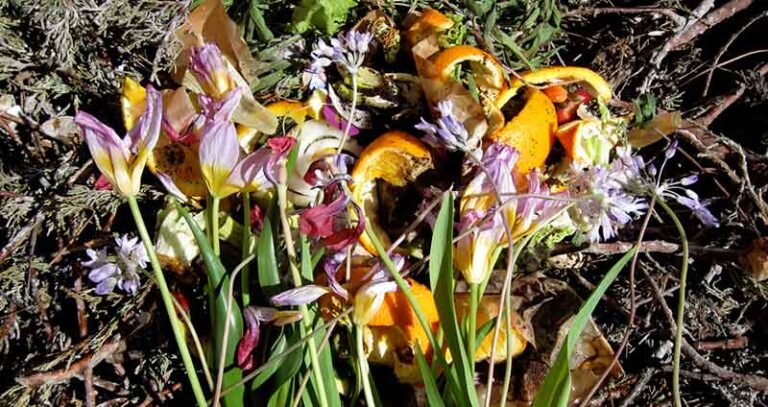
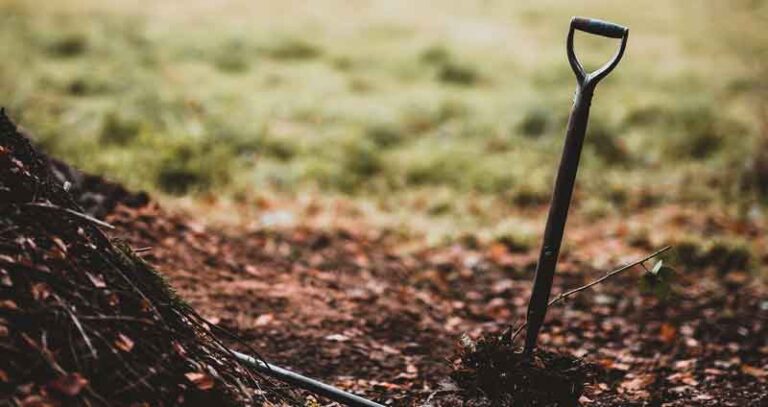


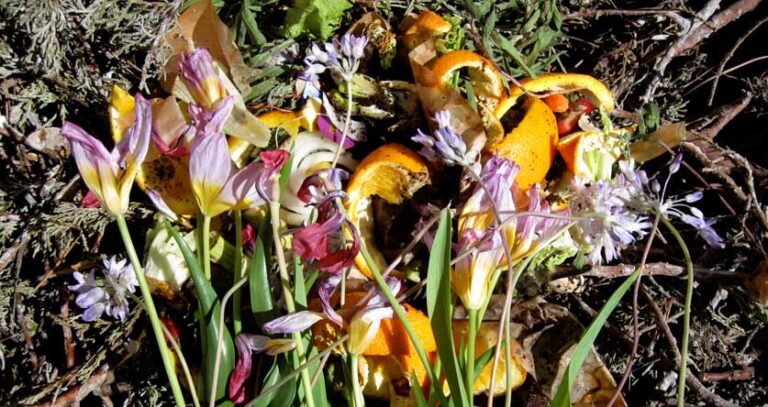
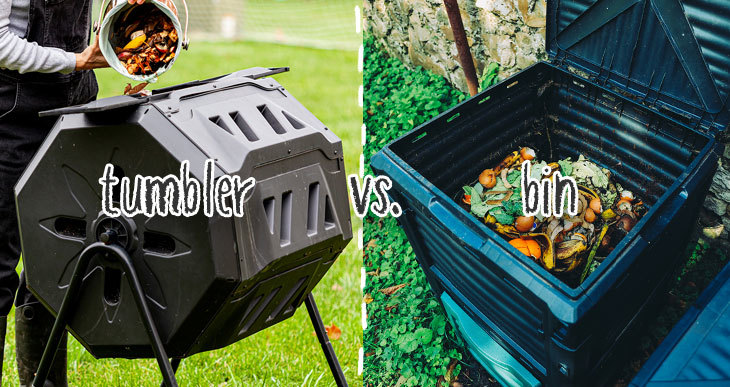
Due to laziness, all winter I throw all kitchen scraps in a sealed bin in my garage. No odor ever, and since it doesn’t freeze, it slowly decomposes even in January. I keep it overly moist, but I do add shredded paper when there is standing water at the bottom. I seldom turn the contents. In spring, I take it out where direct sun hits it, but leave a tight lid on it. It gets a ripe smell, but nothing that reaches the deck or gardens. Flies or animals haven’t been a problem. In August, I empty the full can into a huge plastic flower pot so that excess water will drain out. By spring, I have usable soil.
For garden and yard waste, I just pile it in a remote part of the yard. When it’s decomposed, I move it to the garden. It takes two years, but the trade off of having no labor is worth the extra time.
Hi Jim
I love your “lazy” composting methods !
Keep it up 🙂